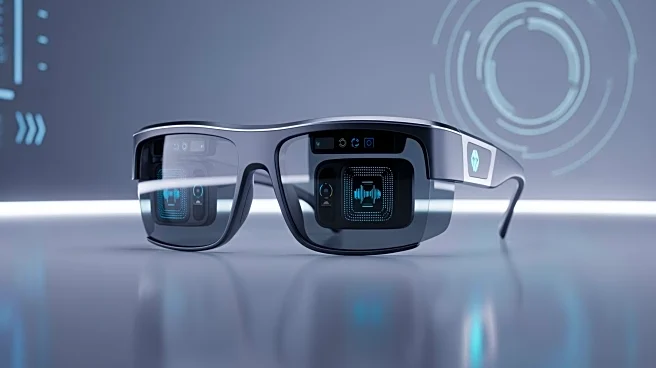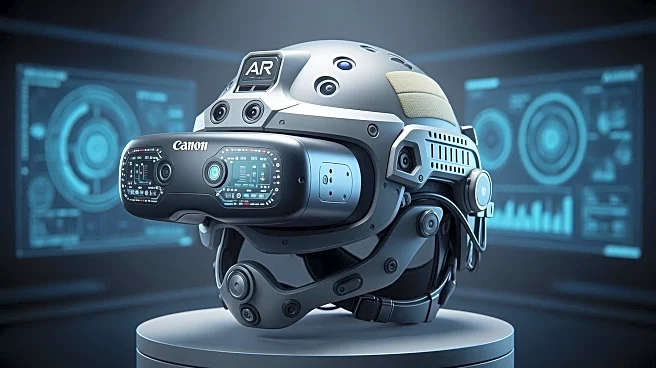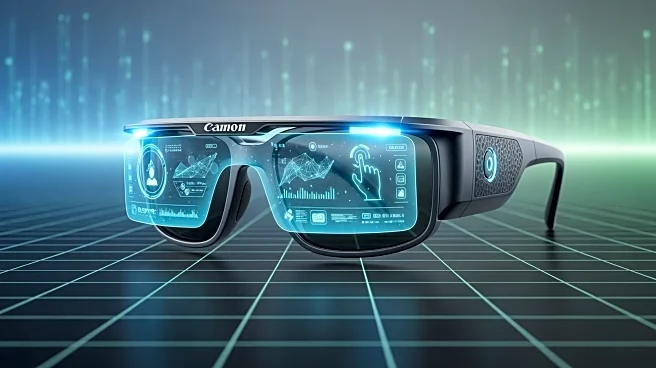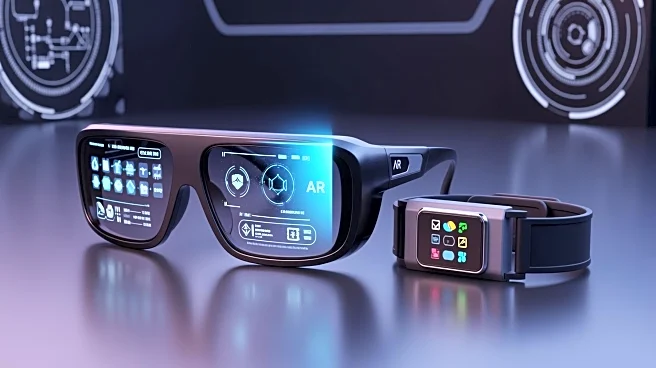What's Happening?
The augmented reality (AR) landscape is undergoing significant changes in 2025, with key developments from companies like Apple, Anduril, Meta, and Microsoft. Apple's M5 chip enhances AR performance on
devices like the Vision Pro and iPad Pro, while Anduril's EagleEye helmet integrates AI for military applications. Meta's partnership with Arm aims to scale AI for AR services, and Microsoft's IVAS program handover to Anduril reshapes military AR suppliers.
Why It's Important?
These AR advancements are poised to impact both consumer technology and defense sectors. Apple's M5 chip boosts device capabilities, encouraging developers to create more complex AR applications. Anduril's EagleEye helmet represents a significant step in military technology, potentially influencing civilian AR innovations. Meta's collaboration with Arm highlights the role of hyperscalers in supporting large-scale AR services, which could lead to more affordable and accessible AR experiences for consumers.
What's Next?
The rapid pace of AR development suggests that consumers can expect more sophisticated AR devices and applications in the near future. Companies are likely to focus on refining AR technologies to enhance user experience and address privacy concerns. The integration of AR in military applications may drive further innovation in civilian markets, with potential cross-industry benefits. Regulatory and privacy issues will need to be addressed as AR becomes more integrated into everyday life.
Beyond the Headlines
The convergence of AR and AI technologies raises important questions about privacy and data security. As AR devices become more prevalent, ensuring user privacy and data protection will be critical. The collaboration between tech companies and defense sectors may lead to new standards and practices in AR development. The potential for AR to transform industries like healthcare, education, and entertainment underscores its growing significance in the tech landscape.











